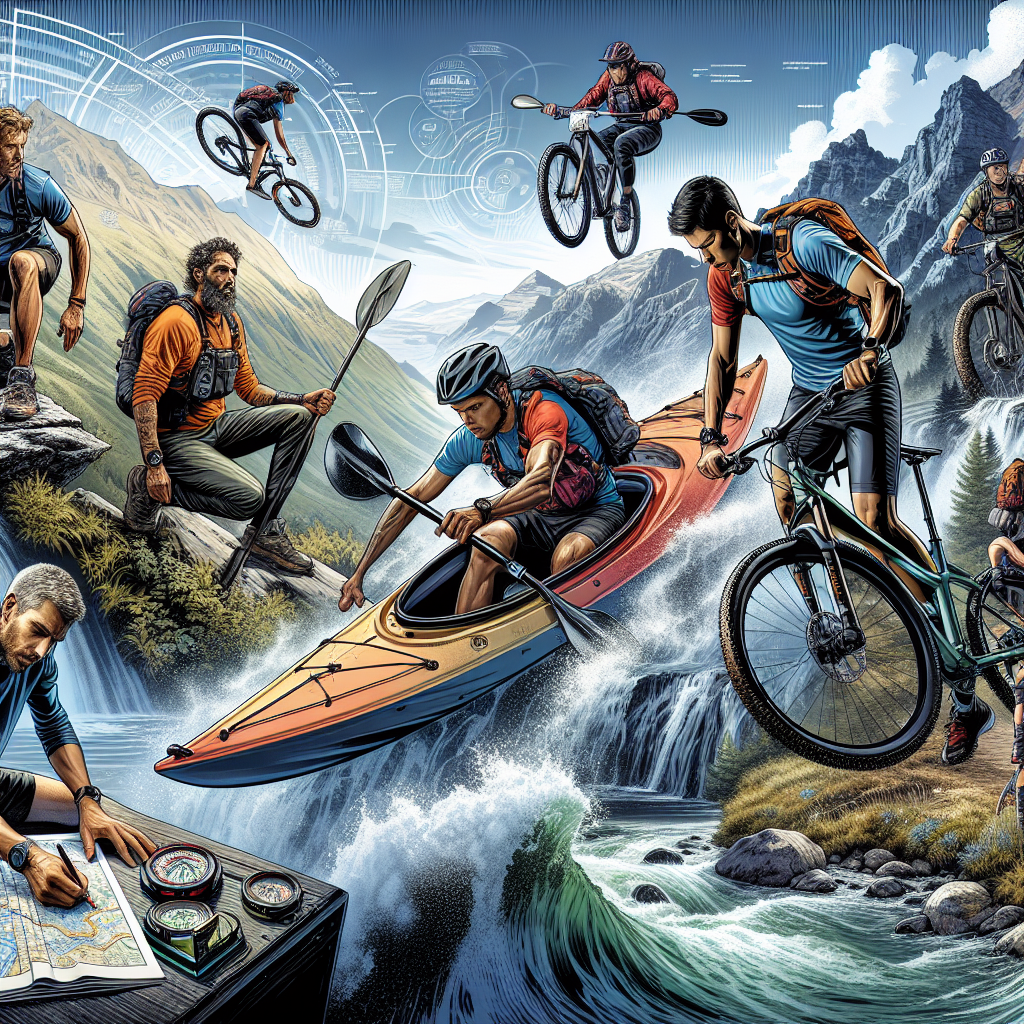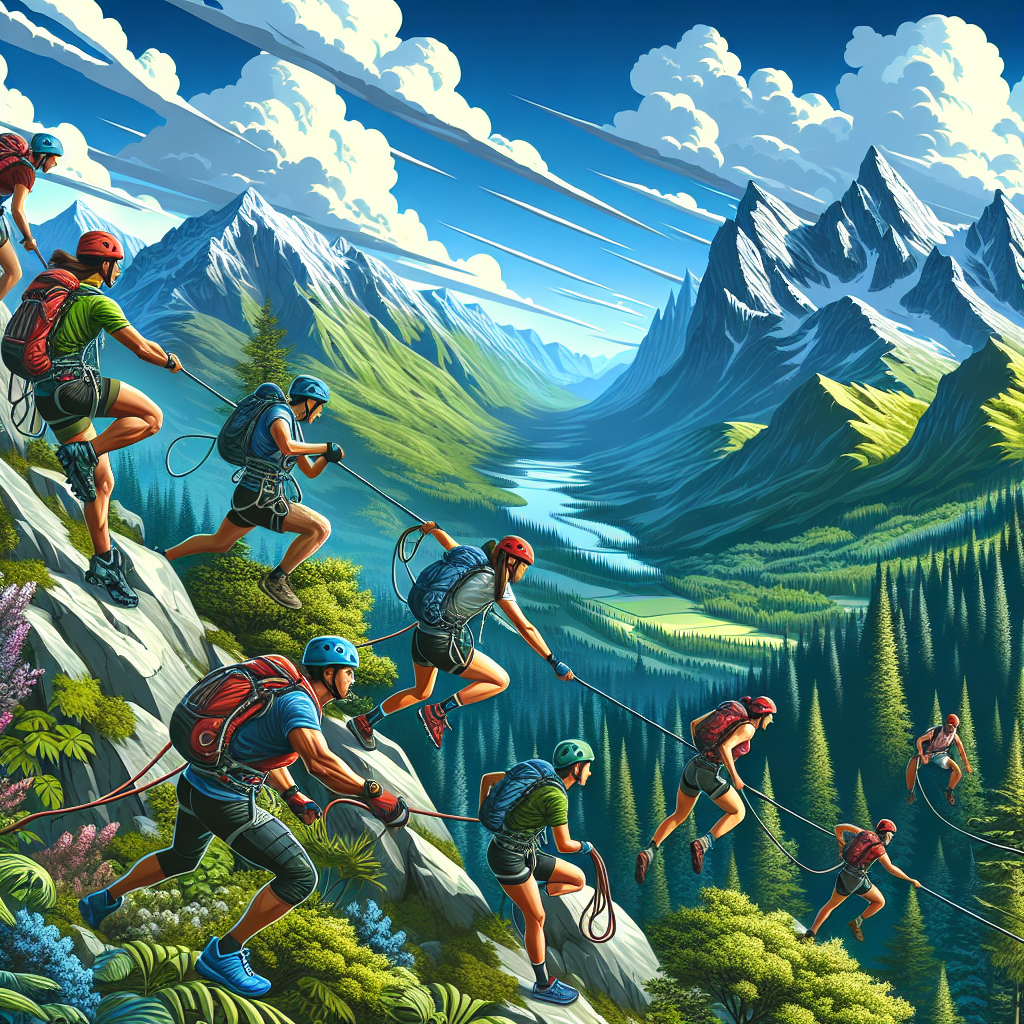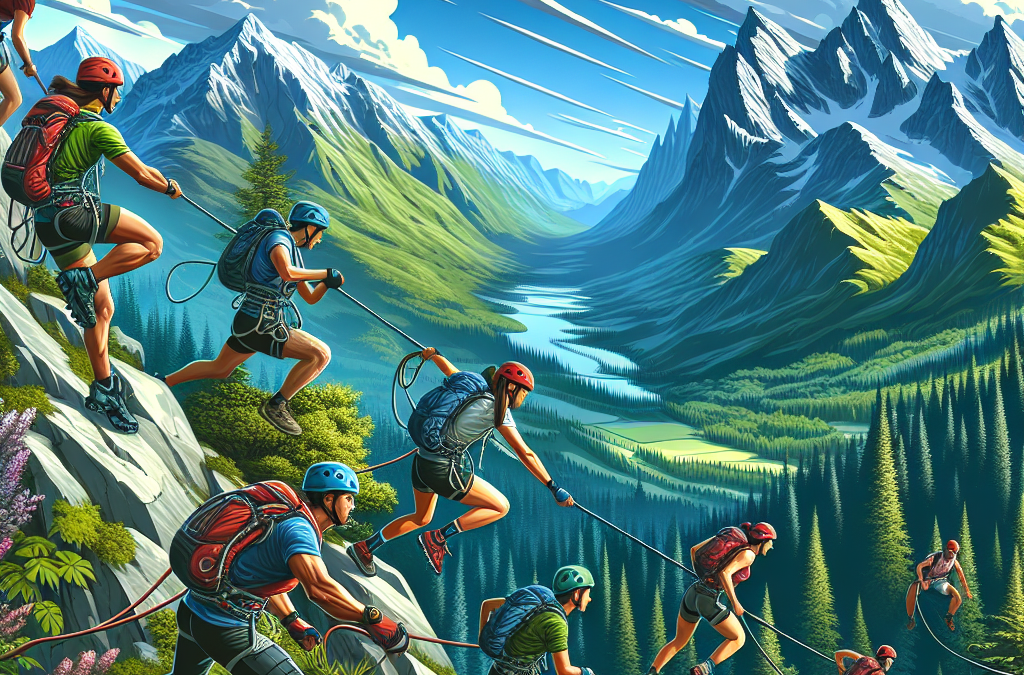You’re about to explore the thrilling world of adventure racing! “The Complete Guide To Adventure Racing” is here to equip you with essential knowledge, insider tips, tricks, and strategies. This guide aims to transform you from a novice to a proficient racer, revealing unique insights about what awaits you in the world of adventure racing. Whether it’s the intense training routines, managing the racing complexities, or navigating the unpredictable terrains, this comprehensive resource has you covered. So let’s embark on this exciting journey together. It’s time to unleash your inner adventurer!
Understanding Adventure Racing
Definition of Adventure Racing
Adventure Racing, an exhilarating sport that tests your mental and physical mettle, is a multisport team competition usually involving navigation over an unmarked wilderness course or a traditional route. You and your team tackle a series of disciplines that can include trekking, mountain biking, kayaking, and climbing, among others. The race’s objective is usually to retrieve as many checkpoints as possible within a set time frame, with races lasting anywhere from a few hours to several days.
History of Adventure Racing
The first adventure races are believed to be the two-day Karrimor International Mountain Marathon, ersteff in the UK in 1968. The concept of long-distance adventure races really took off in 1989 with the launch of the Raid Gauloises in New Zealand. And in the ’90s, the Eco-Challenge and Primal Quest adventure races helped popularize the sport, pushing adventure racing into mainstream consciousness. Adventure racing has since grown significantly, with races held around the world.
Importance of Adventure Racing
Adventure racing is more than just a physical sport – it is an opportunity for you to explore your limits, experience the great outdoors, and build strong teams. It’s about using strategy and navigation skills, working together as a team, resilience and overcoming adversity. As a form of exploration, it allows you to discover the splendors of nature, often in remote and stunning locations, while challenging your physical and mental abilities.
Required Skills for Adventure Racing
Physical Endurance
Adventure racing is physically demanding. It requires stamina to push on despite fatigue, especially during competitions that last several days with little sleep. Your body needs to have the capacity to trek, paddle, cycle, climb, and so on.
Teamwork and Communication
In most adventure races, you’ll be part of a team. Teamwork and clear communication are crucial to overcome the challenges that you and your teammates will face. Learning how to work effectively as a unit is an important part of adventure racing.
Navigation Skills
Unlike other sports, adventure racing courses are not marked. This means you’ll need to be adept at reading topographical maps and competent with a compass. Strong navigation skills can also prove vitally important when fatigue kicks in.
Survival Skills
In multi-day races, you’ll typically have to survive with the bare essentials that fit in your backpack. Basic knowledge of survival skills, such as how to build a shelter or find potable water, can be an added advantage in such conditions.
Common Disciplines in Adventure Racing
Trekking and Hiking
Trekking and hiking form the backbone of most adventure races. You have to cope with varying terrain, from swamp to mountain paths.
Mountain Biking
Mountain biking often forms a significant part of an adventure race. This requires good bike handling skills, especially on rough or steep terrain.
Paddling
This can be in the form of canoeing, kayaking, or rafting. The ability to work in sync while paddling can save precious energy and time.

Orienteering and Navigation
You can expect to use your orienteering and navigation skills extensively in adventure racing. This means learning to read topographic maps and navigate using a compass.
Choosing the Right Equipment
Essential Gear and Equipment
The gear required will vary based on the race requirements and weather conditions. Typical gear might include hydration packs, headlamps, lightweight tents, safety equipment and navigation tools.
Selecting the Best Footwear
Footwear plays a vital role because you’ll be on your feet for extended periods. Your shoes should have good tread, provide excellent support and comfort, and be appropriate for the terrain.
Choosing Suitable Clothing
Clothing should be breathable, durable and offer protection from the elements. Layering is key.
Packing the Right Nutrition
Food and water are your fuel. Pack lightweight, high-energy food items and ensure to keep hydrated.
Training for Adventure Racing
Physical Preparation
Train in all disciplines included in the race. Stamina, strength, and flexibility should be your focus.
Mental Preparation
A strong mental game is important, given the strenuous and unpredictable nature of adventure racing. Work on building mental resilience.
Building Team Dynamics
Training as a team will help improve dynamics, teamwork, and communication, which are crucial for the race.
Special Skills Training
This includes learning navigation and survival skills, as well as climbing, paddling, and biking techniques.
Safety Precautions for Adventure Racing
Understanding the Risks
Gain an understanding of potential risks such as injury, dehydration, hypothermia, and others.

First Aid Knowledge
A working knowledge of first aid is important. In remote areas, you may need to administer first aid before medical help arrives.
Dealing with Extreme Weather Conditions
Learn to recognize and prepare for extreme weather conditions like heavy rains, high temperatures, strong winds, etc.
Emergency Contacts and Rescue Plan
Keep a list of emergency contacts and familiarize yourself with the race’s rescue and evacuation plans.
Finding the Right Adventure Race
Local Adventure Races
Local races can be a great starting point. They are usually shorter, less costly, and give you a taste of what to expect in more demanding international events.
International Adventure Races
These can be more challenging and take you to some breathtaking locations around the world.
Selecting an Appropriate Race Based on Skill Level
Start with races that match your current skill and fitness level. As your abilities improve, you can take on more challenging races.
Adventure Racing Rules and Ethics
Understanding Race Rules
Each race will have its own set of rules. Make sure to familiarize yourself with these before the race starts.
Importance of Sportsmanship
Fair play, honesty, and respect for fellow competitors are essential qualities in adventure racing.
Environmental Responsibility and Respect
Due care should be taken not to harm the environment. Minimum impact practices should be followed. Always remember to leave no trace.
Post-Race Recovery and Reflection
Recovery Techniques
After an adventure race, allow your body time to heal and recover. Hydrate, proper nutrition, rest and light exercise can help recovery.
Reflecting on Team Performance
Review the race – discuss what worked, what didn’t, and how performance can be improved next time.
Identifying Areas for Improvement
Reflecting on the race and drawing out learning points is key to improving future performance.
Inspiring Adventure Racing Stories
Stories of Notable Adventure Racing Teams
Share the experiences, challenges, and triumphs of well-known adventure racing teams. These tales can serve as motivation and offer practical insight.
Outstanding Adventure Racing Achievements
Explore some of the remarkable feats achieved in the world of adventure racing over the years.
Lessons from Adventure Racing Veterans
Glean valuable advice from those who have extensive experience under their belts. Their knowledge and insight can guide you well in your own adventure racing journey.

